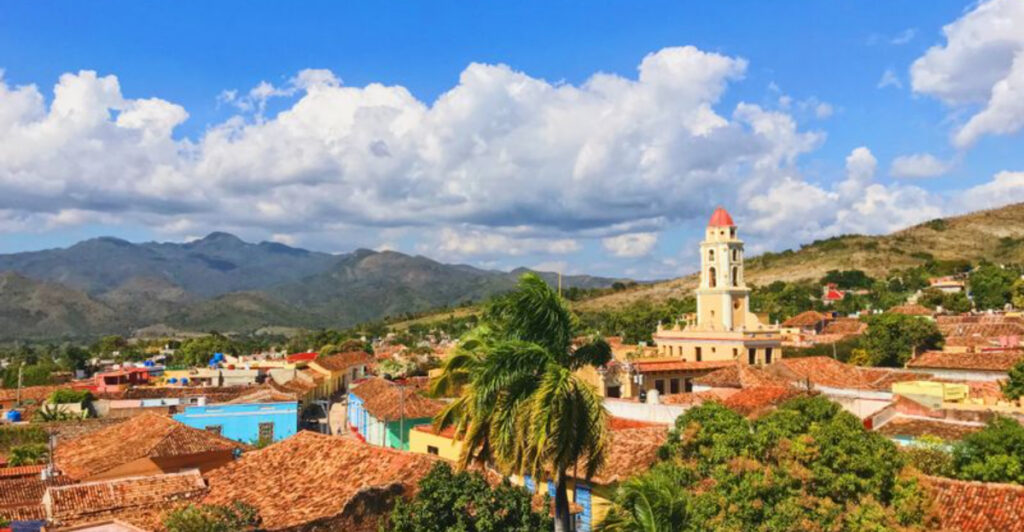Cuba, an island nation in the Caribbean, is a captivating blend of history, culture, and natural beauty. From its colonial architecture to its vibrant music scene, each city offers unique experiences. While Havana is the bustling heart of the country, other cities like Trinidad and Santiago de Cuba teem with charm, each telling its own story. Whether you’re drawn by the allure of pristine beaches or the rhythmic pulse of Afro-Cuban beats, Cuba’s cities have something for everyone. Join us as we explore Cuba’s 15 most beautiful cities, each a testament to the island’s rich heritage and lively spirit.
Havana
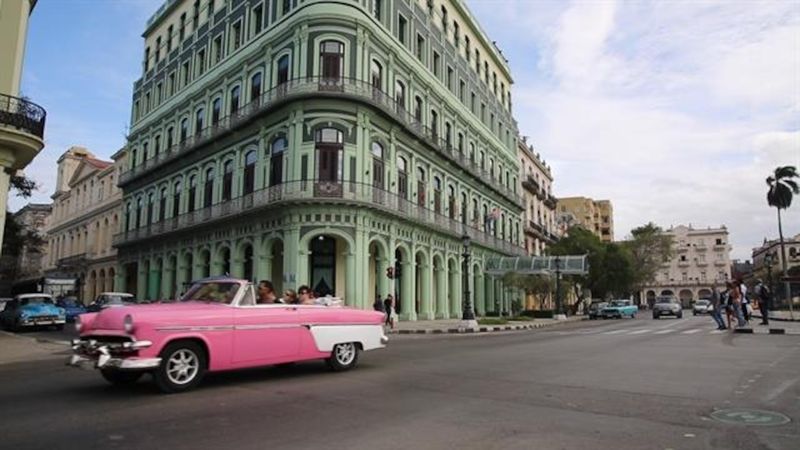
Havana, the capital of Cuba, is a vibrant city that pulses with life. Its streets are filled with the sounds of salsa music, the clatter of classic cars, and the voices of locals and tourists alike. The city’s colonial architecture tells tales of a bygone era, while its lively neighborhoods, like Vedado and Old Havana, offer a modern twist.
Explore the Malecon at sunset, where the city meets the sea in a breathtaking dance of colors. Havana is not only the heart of Cuba but also a symbol of resilience and creativity.
Trinidad
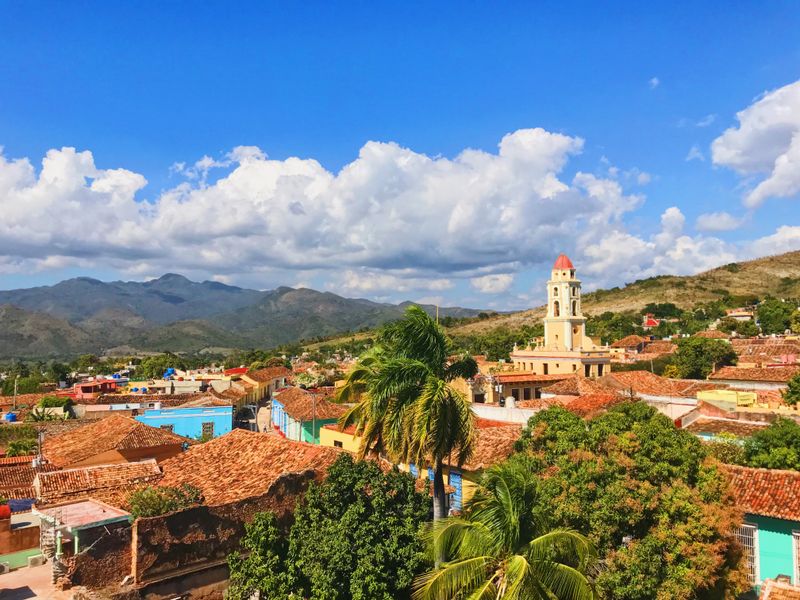
Trinidad, a UNESCO World Heritage site, is a city frozen in time. With its cobblestone streets and pastel-colored houses, it offers a glimpse into Cuba’s colonial past. The Plaza Mayor is the city’s heart, surrounded by museums and historic buildings that echo the tales of sugar barons and Spanish conquerors.
Beyond its historical charm, Trinidad is a gateway to natural wonders. The nearby Valle de los Ingenios and Escambray Mountains promise adventure and breathtaking landscapes, making Trinidad a perfect blend of culture and nature.
Santiago de Cuba
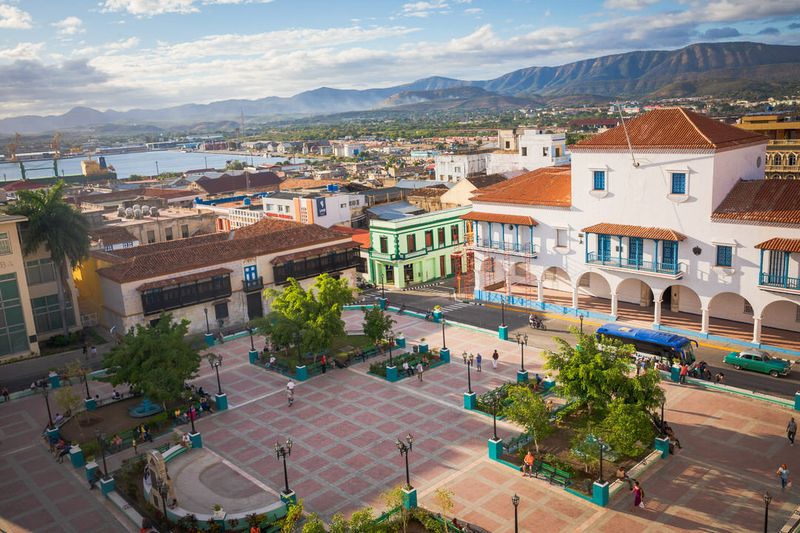
Santiago de Cuba, known as the birthplace of the Cuban Revolution, brims with history and culture. The city is a melting pot of Afro-Cuban traditions, with music and dance being at the core of its identity. Walking through its lively streets, the sounds of Son Cubano invite you to join in the celebration.
The Castillo de San Pedro de la Roca, a fortress overlooking the bay, offers stunning views and a peek into the past. Santiago de Cuba is not just a city; it’s the soul of Cuba’s eastern region.
Cienfuegos
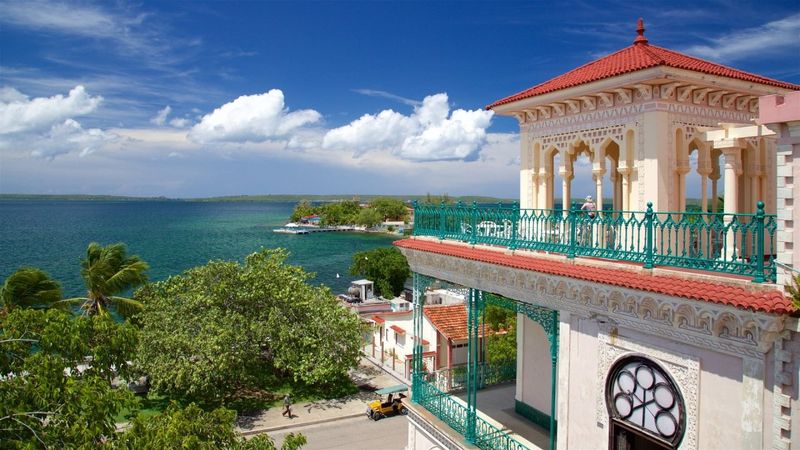
Cienfuegos, often referred to as the “Pearl of the South,” captivates with its elegance and French-inspired architecture. The city’s harmonious layout and beautiful bay make it one of Cuba’s finest gems. The Palacio de Valle, with its Moorish-inspired design, is a testament to Cienfuegos’ architectural grandeur.
Stroll along the Malecón, where the sea breeze whispers tales of seafaring adventures. Cienfuegos is a place where history and tranquility coexist, offering a serene escape from the bustling Cuban streets.
Camagüey
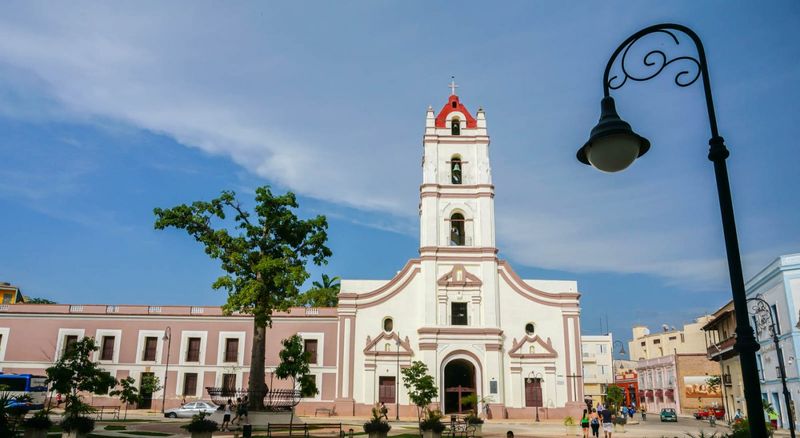
Camagüey, a UNESCO World Heritage city, is known for its labyrinthine streets designed to confuse pirates. This city is a delightful maze of pastel-colored buildings and bustling markets, where art and culture thrive. The Plaza del Carmen, adorned with lifelike sculptures, is a must-see.
As you wander through its alleys, discover local artisan shops and hidden cafes. Camagüey’s vibrant atmosphere and rich history make it a fascinating place to explore, offering stories around every corner.
Holguín
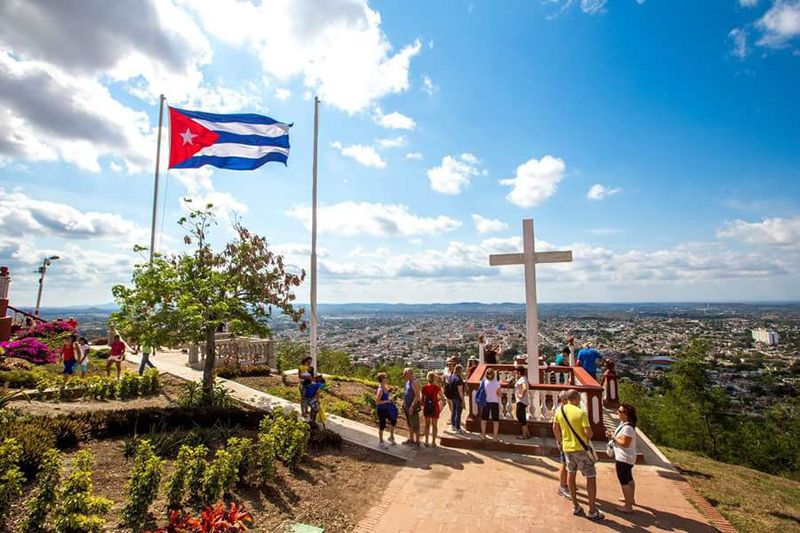
Holguín, often called the “City of Parks,” is known for its lush surroundings and scenic views. The city’s highlight is the Loma de la Cruz, offering panoramic vistas after ascending its 458 steps. Holguín’s parks, like Calixto García Park, are perfect spots for relaxation and people-watching.
The city’s history is reflected in its charming churches and museums. Holguín invites you to enjoy its serene atmosphere and friendly locals, making it a welcoming stop on your Cuban journey.
Baracoa
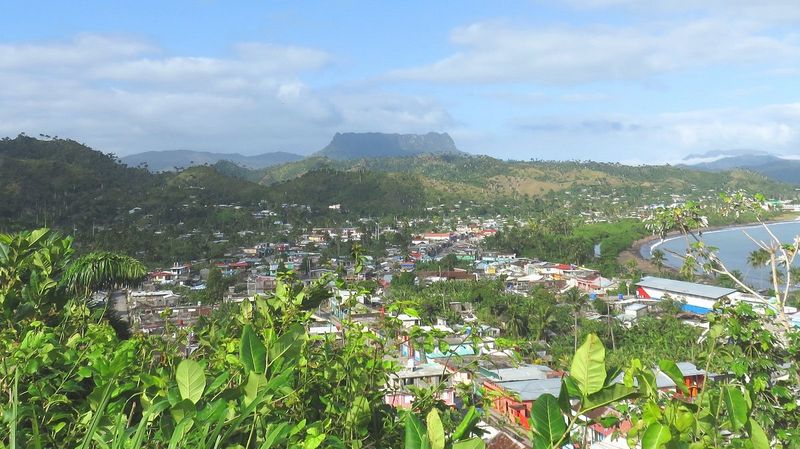
Baracoa, Cuba’s oldest city, is a hidden paradise surrounded by lush tropical landscapes. Nestled between the mountains and the sea, it offers stunning views and a serene escape. Known for its unique blend of indigenous Taino culture and Spanish influences, Baracoa is a cultural mosaic.
Visitors can explore El Yunque, a mountain that inspired tales of adventure and mystery. The city’s rich history and natural beauty make it a must-visit for those seeking an off-the-beaten-path experience.
Matanzas
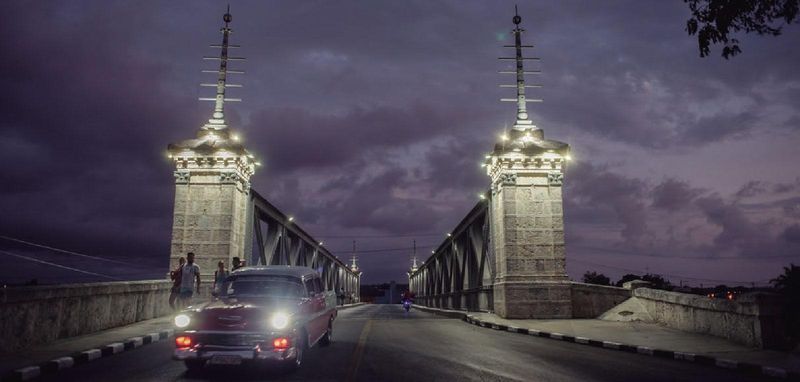
Matanzas, often referred to as the “Athens of Cuba,” is famed for its cultural contributions. The city’s musical heritage, especially Danzón, echoes through its streets and theaters. Matanzas is a city of bridges, where rivers weave through the urban landscape, adding to its charm.
The Sauto Theater and Spanish-style architecture reflect its rich history. Matanzas is a cultural hub that invites exploration and enjoyment of its artistic legacy and natural beauty.
Pinar del Río
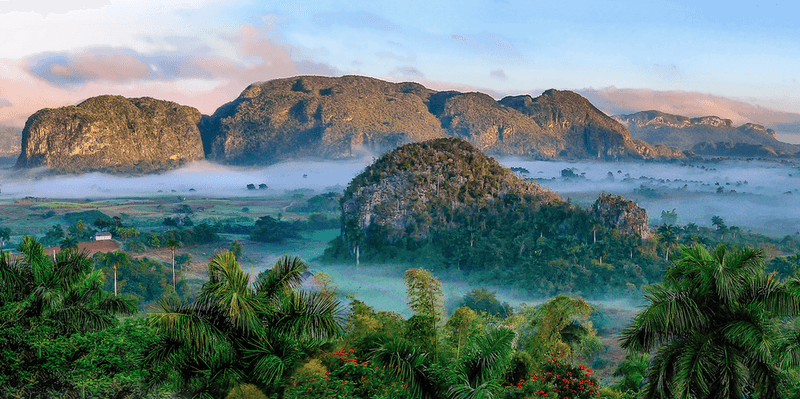
Pinar del Río is the heart of Cuba’s tobacco country, where the finest cigars are born. The lush landscapes of Viñales Valley, with its distinctive limestone hills, offer breathtaking views. This area is a haven for nature lovers and hikers, with numerous trails to explore.
Visit the cigar factories to see the craftsmanship that goes into each cigar. Pinar del Río is a place where tradition meets natural beauty, offering a unique glimpse into Cuban rural life.
Santa Clara
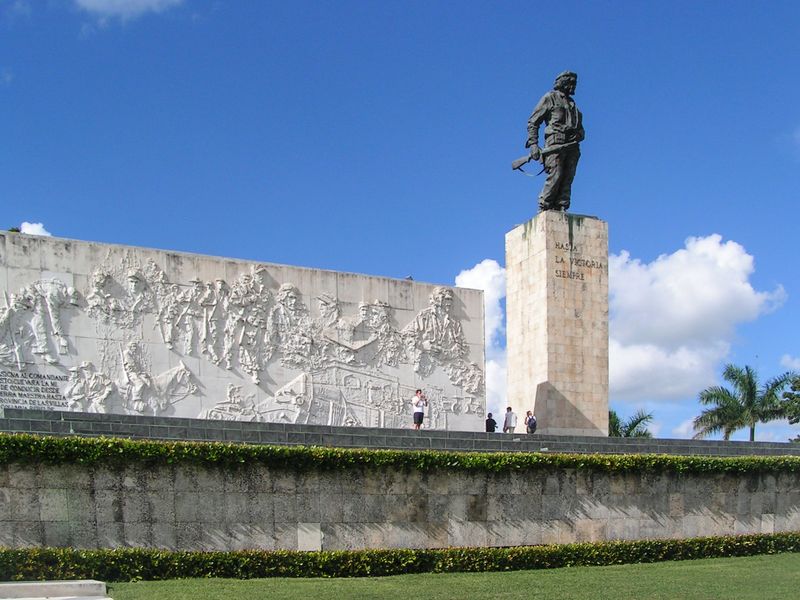
Santa Clara, a city with a revolutionary spirit, is famous for its pivotal role in Cuban history. It hosts the Che Guevara Mausoleum, a site of pilgrimage for many. The city’s youthful energy is palpable, thanks to its vibrant student population and bustling plazas.
Explore the Parque Vidal, where locals gather to socialize and enjoy the lively atmosphere. Santa Clara is a city that celebrates both its historical significance and its lively, contemporary culture.
Bayamo
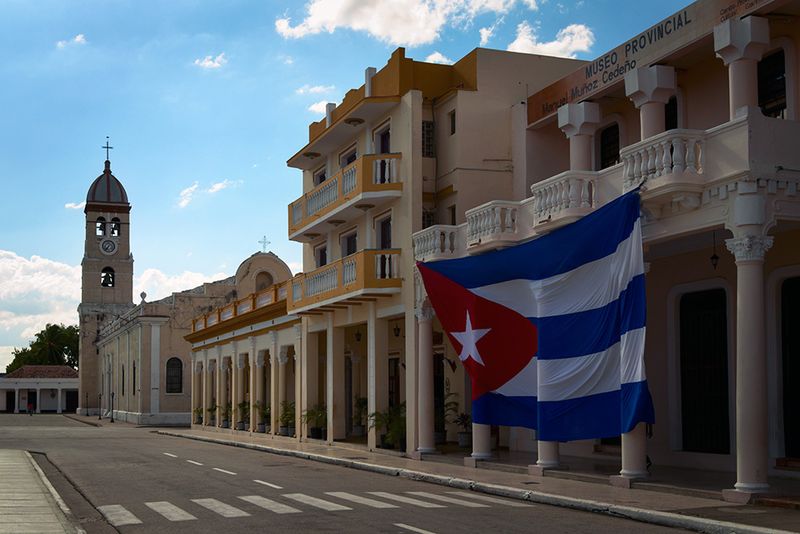
Bayamo, known as the “Cradle of Cuban Nationality,” is steeped in revolutionary history. It was here that the Cuban national anthem was first sung. The city’s streets tell stories of struggle and triumph, with horse-drawn carriages adding to its old-world charm.
The atmosphere in Bayamo is one of pride and tradition, with vibrant festivals celebrating its rich heritage. This city offers a deep dive into Cuban history and culture, where every corner has a tale to tell.
Gibara
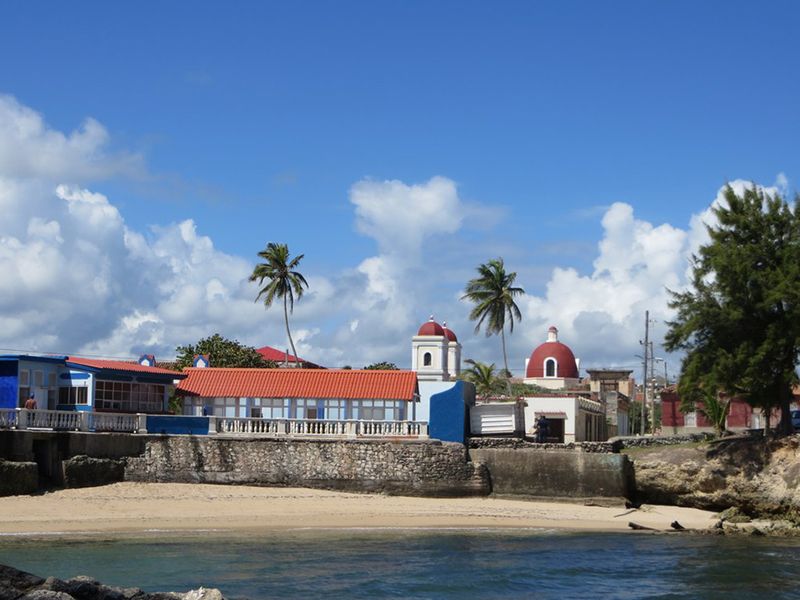
Gibara, a picturesque coastal town, is often referred to as the “White Town” due to its whitewashed buildings. Its tranquil beaches and clear waters make it a haven for relaxation and exploration. Gibara’s historic architecture and charming streets offer a glimpse into the past.
The town is known for its annual International Film Festival, attracting artists and cinephiles alike. Gibara is a blend of natural beauty and cultural richness, perfect for those seeking tranquility and inspiration.
Remedios
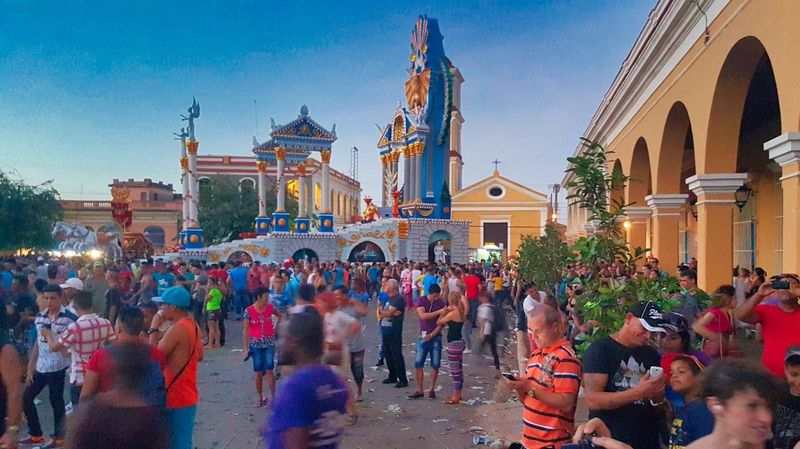
Remedios is a small city with a big heart, famous for its Parrandas, one of Cuba’s most vibrant festivals. The city’s colonial plaza is the center of activity, surrounded by historic churches and colorful celebrations.
Visitors can enjoy the lively atmosphere and join in the festivities, experiencing a true taste of Cuban culture. Remedios is a city where history and celebration go hand in hand, offering an unforgettable experience.
Morón
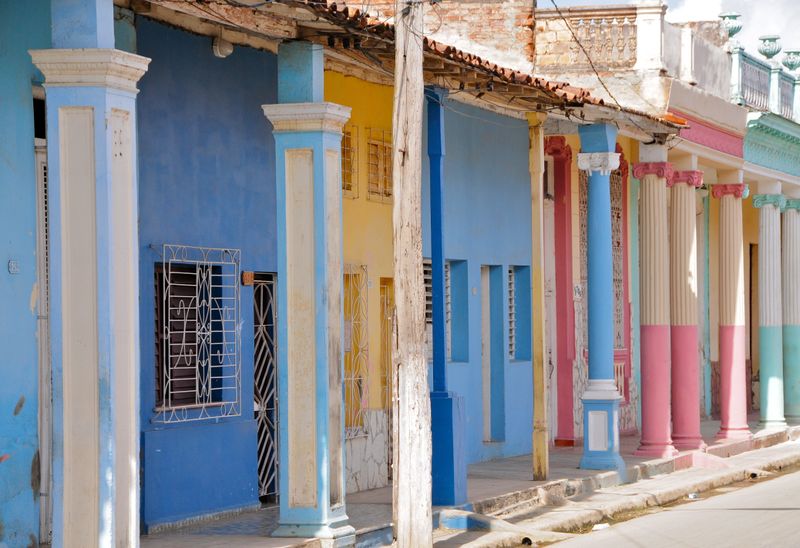
Morón, a city known for its hospitality, is the gateway to the beautiful Cayo Coco. Its vibrant streets, adorned with colorful murals, reflect the city’s lively spirit. Horse-drawn carriages add a touch of nostalgia to the bustling local markets.
Morón is a city of warmth and culture, where visitors can immerse themselves in the local way of life. It’s a perfect starting point for exploring Cuba’s idyllic cays and enjoying the natural wonders of the region.
Cardenas
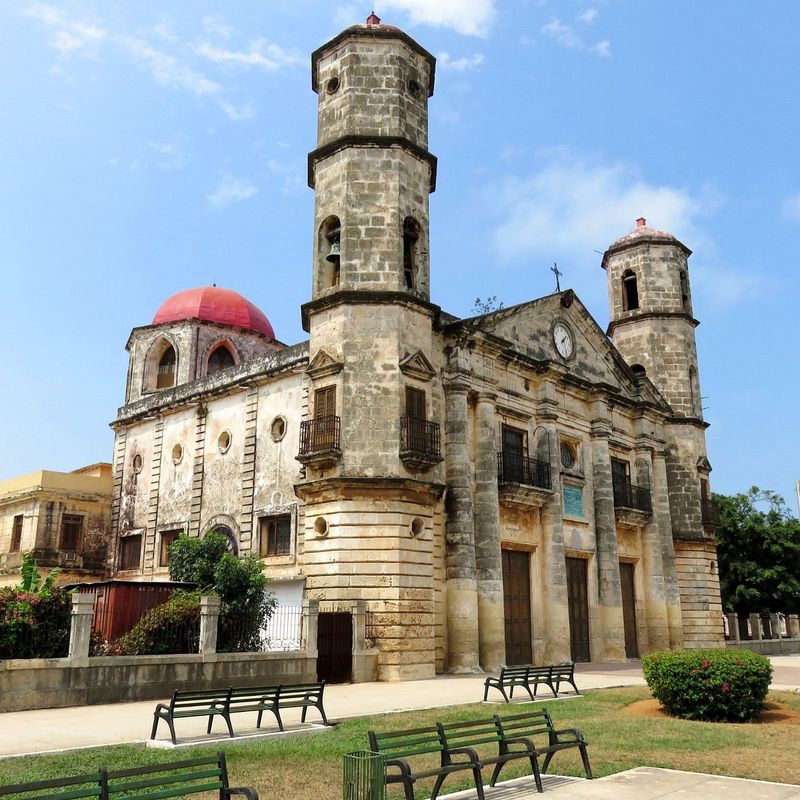
Cardenas, known as the “Flag City,” is a place where history and commerce meet. Its neoclassical architecture and bustling port tell tales of prosperity and pride. Horse-drawn carriages and bicycles are common sights, adding to the city’s charm.
The city played a role in Cuba’s fight for independence, reflected in its historic monuments and cultural landmarks. Cardenas offers a unique blend of historical significance and vibrant local life, inviting exploration and discovery.

